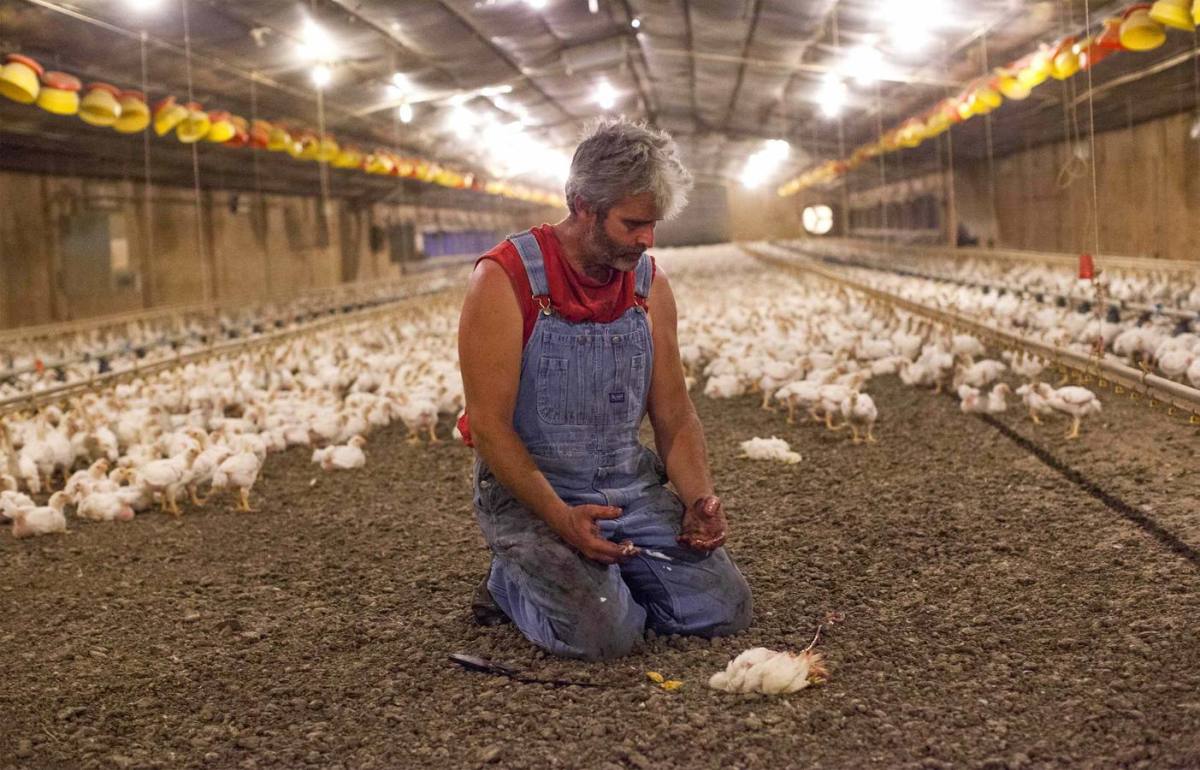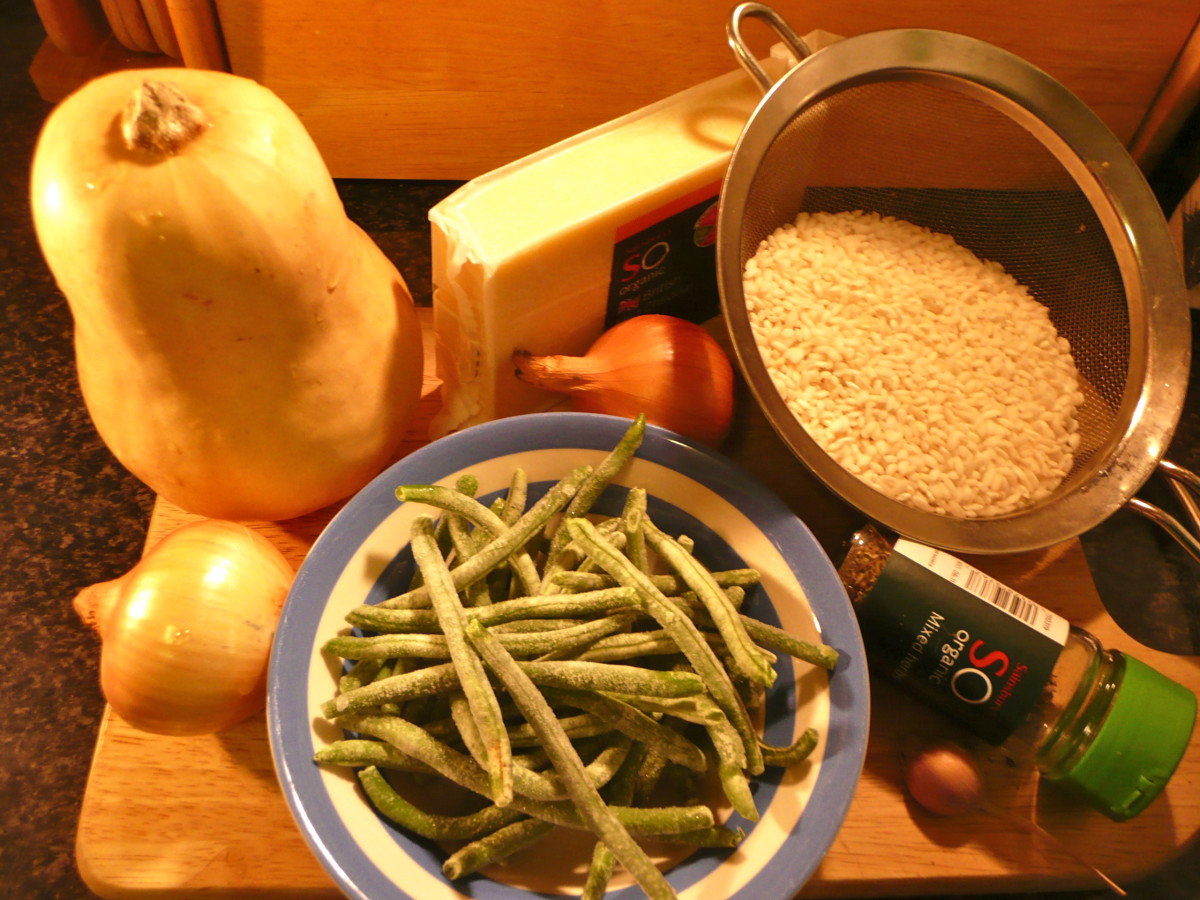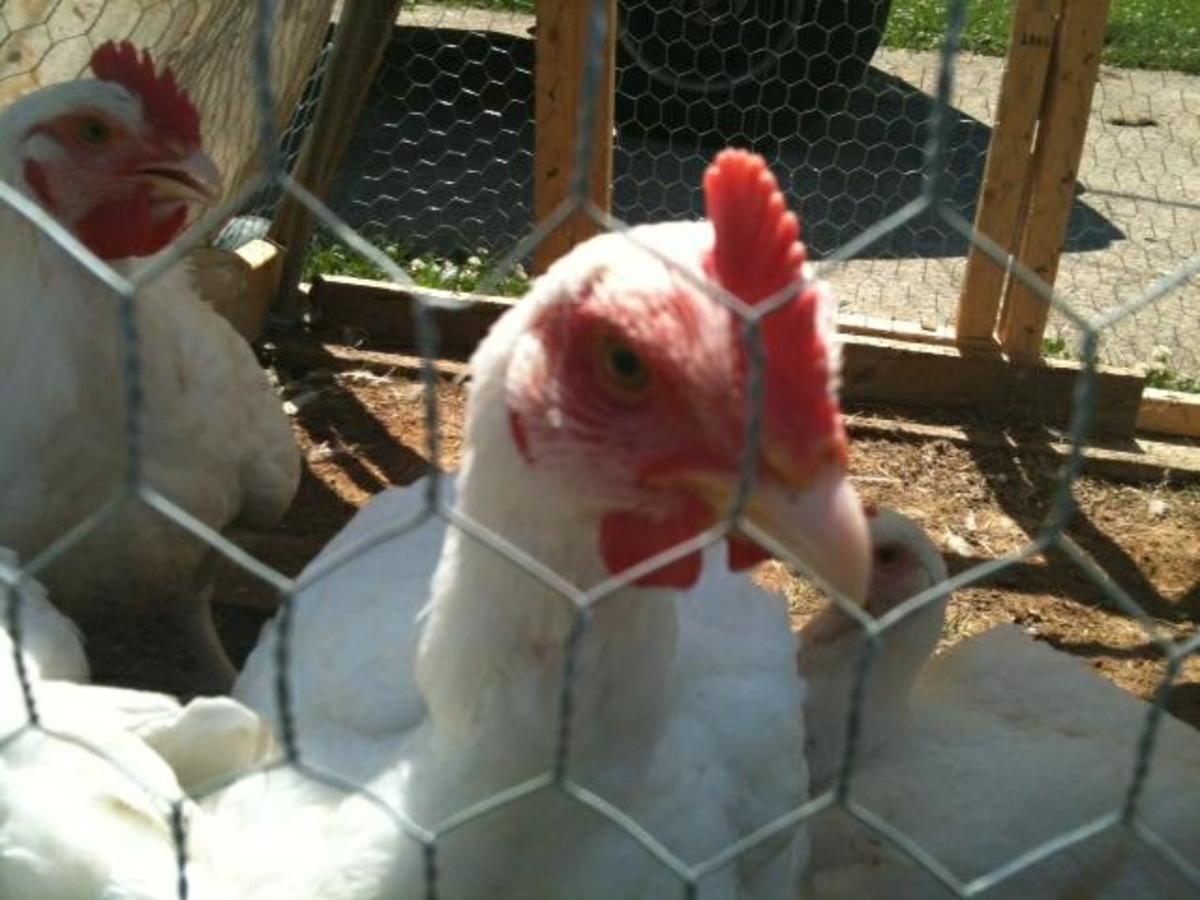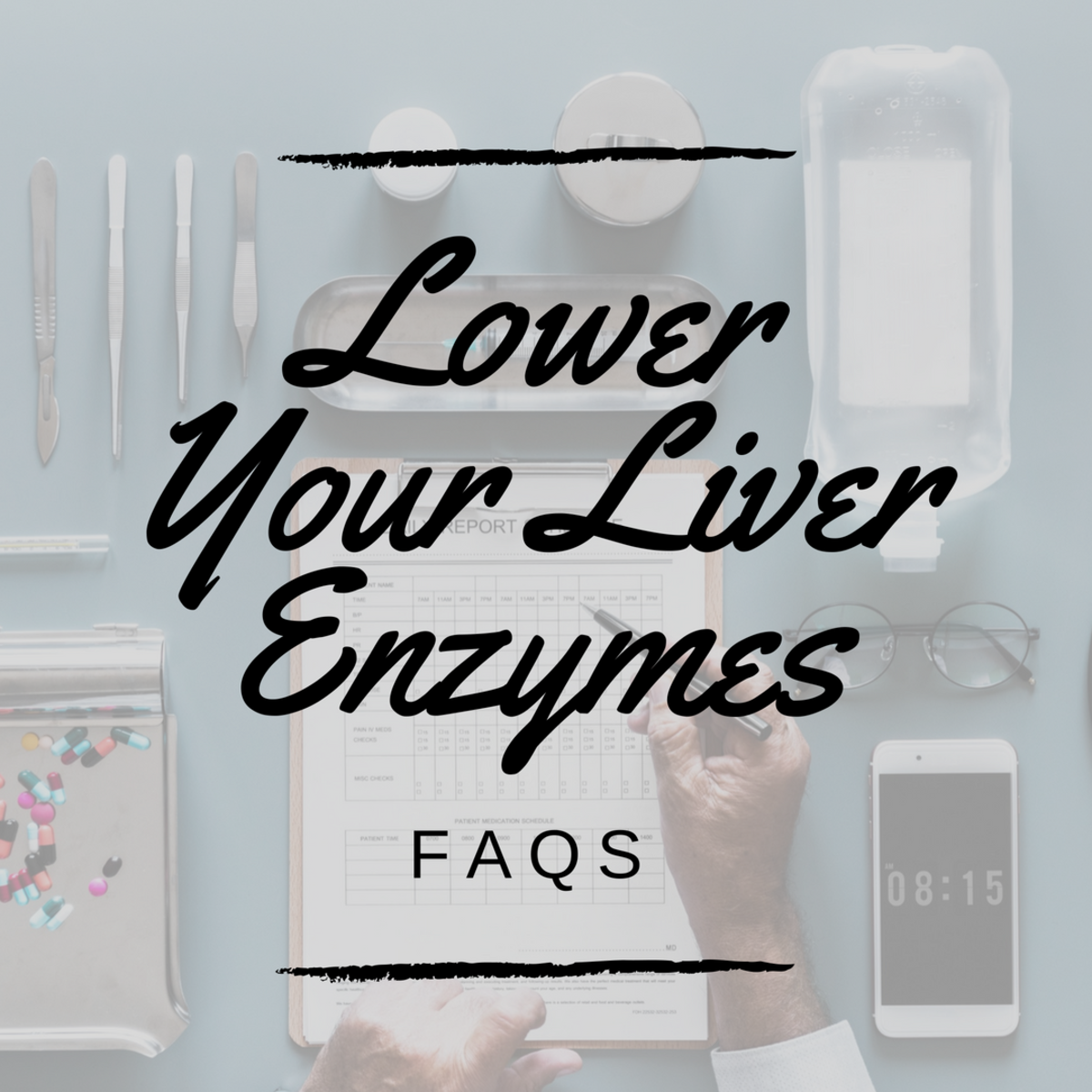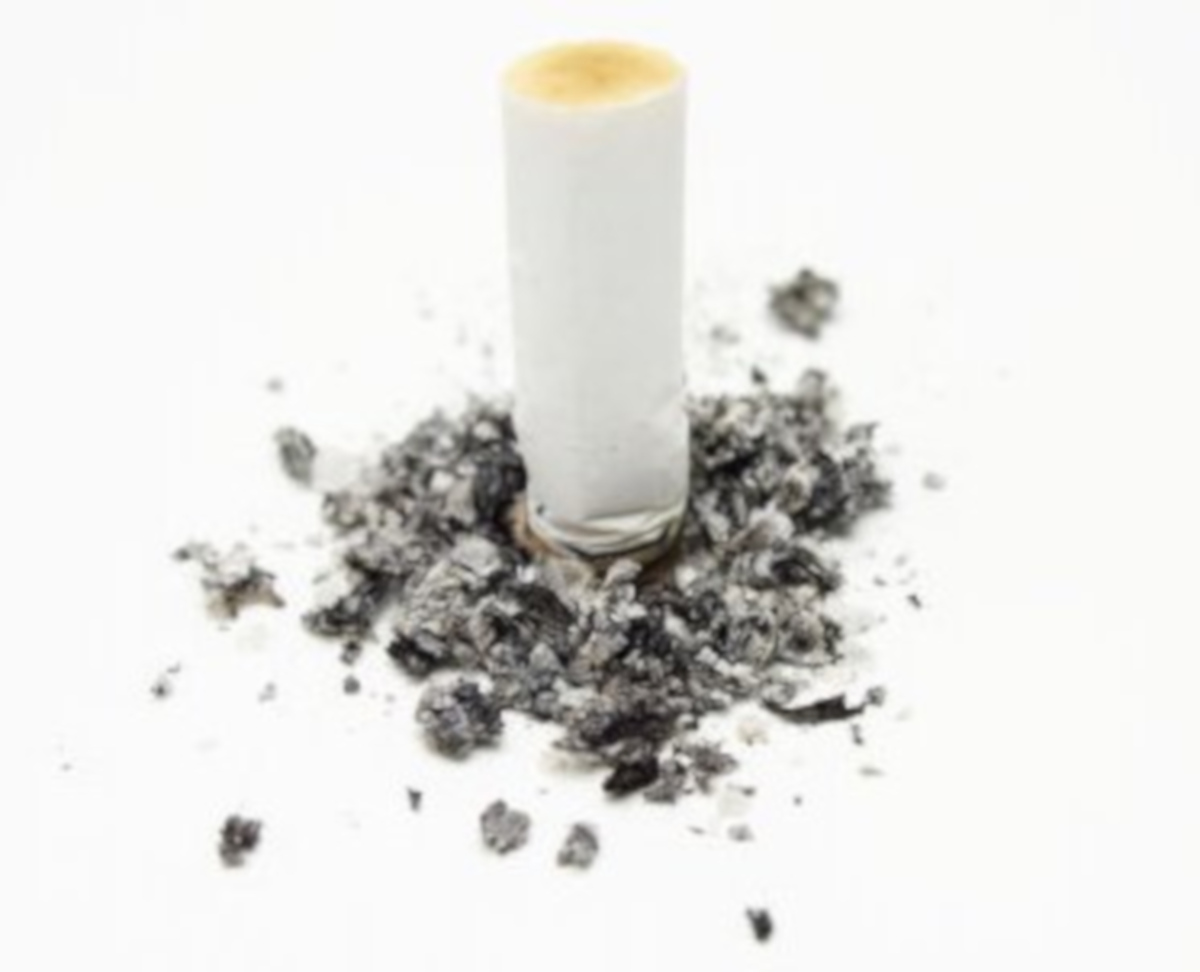Interview with FDA Spokesperson – Part Two

Interview with FDA Spokesperson – Part Two
I warned you in my previous article, “Interview with FDA Spokesperson,” that more gross, nasty additive information would follow. This is it – Part Two. I had no difficulty whatsoever channeling the same FDA spokesperson I created earlier. Mr. I.M. Clueless was idly standing by waiting for my brain wave transmission.
So let’s look at eight more disgusting, distasteful, repellent, repugnant, loathsome additives approved by the F.D.A. to be added to the food we eat.

“Red meat is not bad for you. Now blue-green meat, that's bad for you!” – Tommy Smothers
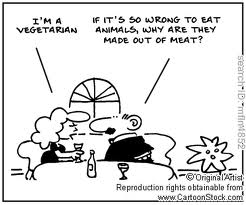
#1 – Staph bacteria in meat
me – For more than 30 years, the livestock industry has given antibiotics to healthy animals to make them gain more weight faster. Public health experts warn that this practice contributes to the growth of drug-resistant bacteria including strains that can infect humans.
Mr. Clueless – Those antibiotics are given to prevent infection in the animals as well.
me – Yes, but are you aware that the meat we buy in groceries which has been infused with staph bacteria also includes the potentially lethal MRSA strain? Do you know what MRSA stands for?
Mr. Clueless – Of course: it stands for Multidrug-resistant Staphylococcus aureus.
me – Which means that MRSA has developed resistance to antibiotics which include penicillins and cephalosporins. This bacterium is responsible for several very difficult-to-treat infections in humans.
Mr. Clueless – The good news is that cooking meat kills the MRSA bacteria.
me – And the bad news is that just handling raw meat can give you a serious skin infection, especially if you have a cut on your hand.
Mr. Clueless – This problem though is rare.
me – I can see where you got your name, my clueless amigo. The problem is far from rare. A study published in the journal, Clinical Infectious Diseases, found that MRSA kills over 19,000 people a year in the U.S. That’s more deaths per year than from AIDS.
Healthy Hint: A more healthy choice is to purchase grass-fed meat and eggs from organic farmers at your local farmer’s markets.
Wash your hands with soap and hot water after handling meat and do not pick your nose. MRSA likes to make its home in your nasal passages and you don’t need those woes.
Antibiotics in our Food Supply - Katie Couric
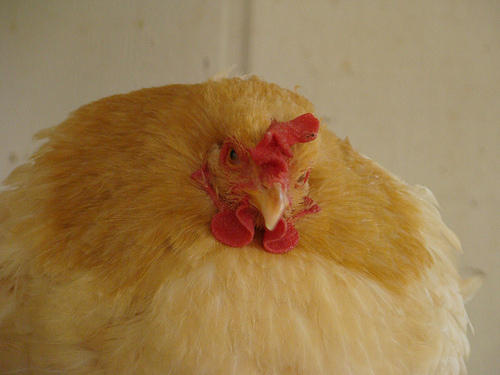
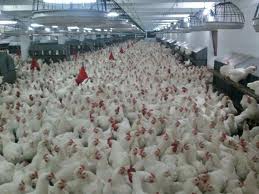
“A woman had two chickens. One got sick, so the woman made chicken soup out of the other one to help the sick one get well.” – Henny Youngman
#2 – Medicated chickens
me – Have you ever heard that expression, ‘You are what you eat?’
Mr. Clueless – Yes, why do you ask?
me – Because if that is true and we are eating chicken, we may also be ingesting arsenic, acetaminophen, Benadryl, antibiotics, caffeine and often the active ingredient in Prozac.
Mr. Clueless – Do you have proof?
me – In two recent scientific studies, researchers at Johns Hopkins University detected those ingredients in the poultry feathers from factory-farmed chickens. Feathers, you know, are similar to human fingernails and can reliably collect traces of every substance that chickens eat.
Mr. Clueless – I know that items like caffeine and Prozac may be included in the chicken feed but I’m not certain of the rationale.
me – Simple. The caffeine – the chickens are fed coffee pulp – keeps them awake so they can spend more time eating to put on weight. And the Prozac keeps them from obsessing over how fat they are getting.
Mr. Clueless – Say what?
me – Just kidding about the rationale for the Prozac. It IS given to the chickens but for an entirely different reason. Chicken factory-farms are extremely crowded and the inhabitants are understandably stressed by existing literally on top of each other. The Prozac is used to calm them since stressed chickens grow more slowly and have tougher meat.
Healthy hint: To enjoy chicken that is less medicated, go organic to supply your chicken needs.
Organic regulations forbid the antibiotics and all those other extra drugs in chicken feeds.
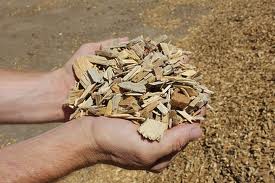
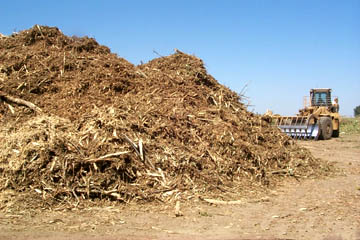

#3 – Cellulose in cereals
me – Do you know what powdered cellulose is?
Mr. Clueless – It is wood pulp – tiny pieces of plant fibers and wood – and it has been deemed safe for human consumption according to the FDA.
me – Correct. And wood pulp or cellulose is fibrous which is why you will find it in so many high-fiber breakfast cereals and so-called ‘healthy’ snacks.
Mr. Clueless – More and more foods with added fiber, such as cellulose, are on the market now because many people are not eating enough foods that are naturally high in fiber such as vegetables, fruits and whole grains.
me – That’s true but adding wood pulp to our food to provide more fiber is not just an altruistic desire by food processors. As the costs of raw materials like flour, sugar and oil continue to rise, adding wood pulp to our food is an attractive way for them to cut costs.
Did you know that cellulose is also added to provide a firmer texture to baked goods, and to retain moisture that keeps food from seeming too dry? That’s why It is also added to low-fat ice cream, salad dressings and barbecue sauces – to make them taste more creamy.
Mr. Clueless – So what’s wrong with that?
me – The FDA sets no limit on the amount of cellulose that can be used in our food products. And I dare you to find the words, ‘wood’ or ‘wood pulp,’ on a food label.
Healthy hint: Look for terms like microcrystalline cellulose (MCC), cellulose gel, cellulose gum, powdered cellulose, and carboxymethyl cellulose. That’s manufacturer-speak for wood pulp.
Before you put any food on your table, please check the terms that appear on the label.
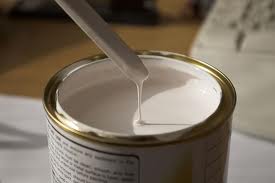
“Life is a great big canvas; throw all the paint you can at it.” – Danny Kaye
#4 – Paint chemicals in salad dressing
me – Titanium dioxide is a common ingredient in many commercial salad dressings. Why does the FDA allow this chemical additive to be included?
Mr. Clueless – Big food corporations often add titanium dioxide to processed foods like salad dressing to make the color of the dressing brighter. The FDA also allows it to be added to coffee creamers and canned icing to make them appear whiter. White has long been a symbol of ‘clean.’
me – Did you know that is the same reason why titanium dioxide is used in paints? To make the colors brighter?
Mr. Clueless – Actually, it is not just found in paints but also in the sunscreen you may be using.
me – I know. It is included in almost every sunblock product where it helps protect the skin from ultraviolet light. And in many cosmetic and skin care products, too.
Mr. Clueless – So what’s the problem?
me – The problem is that titanium dioxide is a component of the metallic element, titanium, a mined substance that is sometimes – pay attention, this is important – contaminated with toxic lead. Do you want that on your plate … or your face?
Healthy Hint: Opt for organic. Or make your own dressing with organic extra-virgin olive oil.
To keep your heart healthy and allay your titanium dioxide fears, Look for a dark bottle olive oil that lists ‘best by’ date of at least 2 years.
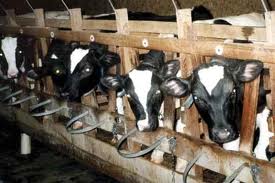
Food Additives Books
#5 – Cloned genes in cheese
me – Once upon a time, cheese makers used a natural substance called rennet which is derived from the mucosa of a veal calf’s fourth stomach to create their beloved dairy product.
(Now I know exactly why I have never been too fond of any cheese. Except for mozzarella when it crowns a pizza.)
Mr. Clueless – But demand and cost have escalated substantially. So now several alternatives have evolved: vegetable rennet, microbial rennet, and – the food industry's rennet of choice – a genetically modified version derived from a cloned calf gene.
me – That genetically modified version from a cloned calf gene approved by the FDA is used to manufacture the majority of cheese sold in the United States.
Mr. Clueless – Which is most fortunate for cheese lovers.
me – What is unfortunate, Mr. C., is that the long-term health effects of eating genetically engineered foods have not been studied in humans.
Since these genetic ingredients are not listed on cheese labels, it can be almost impossible for the consumer to avoid rennet from this source.
Healthy Hint: Check food labels on cheese carefully that seem to be nutritious. If they list substances as ‘enzymes,’ be VERY suspicious.
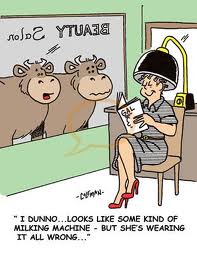
“The cow is of the bovine ilk; one end is moo, the other milk.” – Ogden Nash
#6 – Sex hormones in milk
me – Cows today produce almost double the amount of milk they did just 40 years ago. Do you know how that has come about?
Mr. Clueless – That’s an easy one. Cows are able to produce so much more milk now thanks to a genetically engineered, synthetic hormone called rBST or recombinant bovine somatotropin which was developed by Monsanto in the early 1990s.
Supporters of rBST say it is environmentally friendly and produces the same amount of milk from fewer cows. This saves feed, water, farmland and produces less manure and greenhouse gases.
me – But some countries, including Canada and those in the European Union, have banned rBST because scientists link that additive to prostate, breast, and colon cancers. In the U.S., the American Public Health Association, Oregon Physicians for Social Responsibility, the Humane Society, and other health and animal rights groups are strong opponents.
Mr. Clueless – The FDA asserts that milk from rBST-treated animals is safe and nutritious.
me – Despite that claim, the good news is that the use of rBST in the U.S. has been declining, and many dairies are moving away from it due to decreased demand from informed consumers.
Not all milk drinkers are ‘sheeple.’ Several companies including Dannon, Yoplait, Kraft and Starbucks, as well as some large retailers, are now rBST-free.
Healthy hint: Got milk? Buy organic which is rBST free, It is much safer to drink for you and for me.
Happy Dancing Cows just released from winter quarters to graze
Natural Food Dyes
• Caramel coloring, made from caramelized sugar, used in cola products and also in cosmetics
• Annatto, a reddish-orange dye made from the seed of the Achiote, a small tropical tree
• A green dye made from the chlorophyll of chlorella algae
• Cochineal, a red dye derived from the cochineal insect, Dactylopius coccus
• Betanin, a deep reddish color extracted from beets
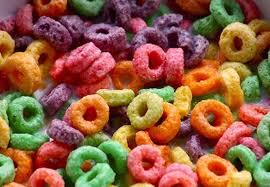
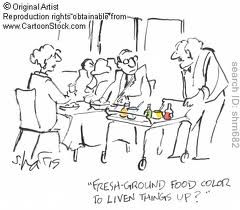
“I won't eat any cereal that doesn't turn the milk purple.” Bill Watterson
Synthetic fake food dyes
- Blue No. 1 - Brilliant Blue, (blue shade), a synthetic dye derived from coal tar
- Blue No. 2 - Indigotine, (dark blue shade)
- Green No. 3 - Fast Green, (blue-green shade)
- Red No. 40 - Allura Red, (red shade), a dye manufactured mostly from petroleum
- Red No. 3 - Erythrosine, (pink shade)
- Yellow No. 5 - Tartrazine, (yellow shade), a popular azo dye
#7 – Fake food dyes
me – Why does the FDA allow food processing companies to use fake or artificial dyes in our food and drink?
Mr. Clueless – We prefer the term: color additives. They are found in hundreds of everyday foods, and are substituted for natural food ingredients to lower the costs to the consumer.
me – Perhaps synthetic fake food dyes are a replacement for actual healthy ingredients because they are cheaper than the real thing for the manufacturer.
Mr. Clueless – Do you have specific food products in mind?
me – I thought you would never ask. For example: Betty Crocker Carrot Cake Mix is actually a carrot-free product, with ‘carrot flavored pieces’ processed from corn syrup, flour, corn cereal, partially-hydrogenated cottonseed or soybean oil, and fake artificial colors Yellow 6 and Red 40.
And Tropicana Twister Cherry Berry Blast contains 0% cherry and berry juice, despite its name. The color of this nutrition-deficient product comes not from healthy fruit, but the artificial dye, Red 40, which has been linked to hyperactivity and other behavioral problems in some children.
Mr. Clueless – Artificial food coloring is used in cereals and fruit drinks to make them more attractive and more "fun" for children to eat and drink. Kids love to eat the cereal that comes in a rainbow of colors.
me – More fun perhaps but also more dangerous. Orange and purple food dyes have been shown to impair brain function, while other dyes have been linked to ADHD and behavioral problems in kids and brain cell toxicity.
Scientists are presently conducting studies to learn precisely how the petroleum-derived chemicals in fake food dyes affect our health.
Healthy hint: To spot those artificial synthetic fake food dyes in your food, Read the entire list of ingredients so you won’t get screwed.
Be aware that the current trend, Is to list the fake food dyes at label's end. (See the list above.)
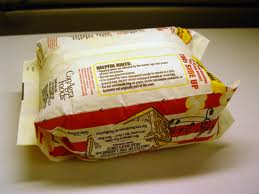
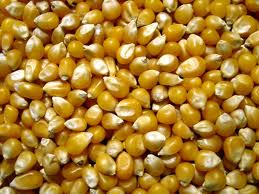
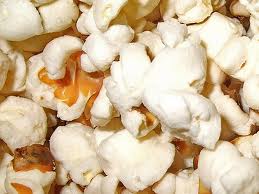
“Every once in a while, someone will mail me a single popcorn kernel that didn't pop. I'll get out a fresh kernel, tape it to a piece of paper and mail it back to them.” – Orville Redenbacher
Healthy Popcorn Poppers

“The laziest man I ever met put popcorn in his pancakes so they would turn over by themselves.” – W.C. Fields
#8 – Evil popcorn bags
me – Do you know why I label popcorn bags, the microwaveable kind, as ‘evil’?
Mr. Clueless – No, I haven’t a clue.
me – Why am I not surprised? Are you aware that the inside of microwaveable popcorn bags is coated with an industrial nonstick chemical called PFOA – an acronym for perfluoro-octanoic acid?
Mr. Clueless – I make popcorn in my own microwave several times a week. What’s wrong with that? (bewildered voice)
me – The up side is that these suspect chemicals or PFOA are commonly used to coat the inside of popcorn bags to prevent sticking and grease leakage.
The downside is that a very recent study published in January 2012 in the Journal of the American Medical Association found that nonstick chemicals in popcorn bags significantly damage the immune system. They are also linked to high cholesterol, sperm damage and infertility, and ADHD.
Mr. Clueless – I do know that PFOA was developed by the DuPont company more than 50 years ago, and is used to coat the inside of Teflon and other nonstick pans.
me – Correct. But scientists have since become concerned that PFOA contributes to long-term health problems. A recent study published in the Archives of Pediatric and Adolescent Medicine found that children and teenagers with PFOA in their blood serum had higher total cholesterol levels and higher levels of LDL, the ‘bad’ cholesterol, than children who were not exposed.
Mr. Clueless – What are you suggesting?
me – Popcorn is a healthy way to add fiber to your diet, and recent research suggests it may also contain more antioxidants than fruit. Forget the microwaveable bag and make it the good old-fashioned way in a popcorn popper.
Healthy hint: Some restaurant carry-out bags contain PFOA to prevent grease soaking through, So ask for plastic or foam carry-out containers instead – they are healthier for you.
Thank you again, Mr. Clueless, for your invaluable spokesperson participation. I may call on you again when I gather additional information to report on other FDA-approved gross, nasty additives including: shrimp coated in cleaning chemicals, viruses in deli meats, and 10 other unhealthy additives you must absolutely, positively avoid.
‘Happiness is nothing more than good health and a bad memory!’ – Albert Schweitzer
© Copyright BJ Rakow, Ph.D. 2012. All rights reserved. Author, "Much of What You Know about Job Search Just Ain't So." Includes valuable information for older workers, and how to negotiate salary successfully.
More Necessary Information
- MSG and Fat Rats and Us
Obesity in the United States has increased to 32.2% for men and 35.5% for women. That started me thinking. Could there be some chemical in our food that may be causing this tremendous obesity epidemic? - Obesity is Widespread
I’m going to jump feet-first into the low fat vs. low carb diet controversy and let you know what I discovered. Did you know that the United States has become obesogenic? - Interview with FDA Spokesperson - Part One
The FDA has approved of some Filthy Disgusting Additives in the food we eat. Bug juice? Flavoring from the beaver anal gland? And many more.






